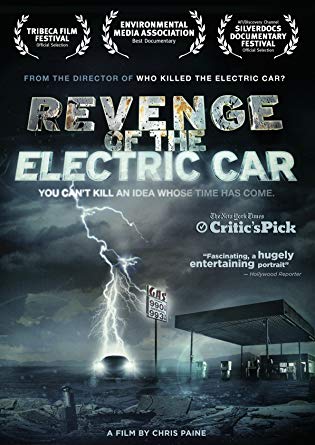Film Conversations To Reveal Character
Recently I taught graduate students at Doc Nomads (an innovative European film program). The assignment was to make a short doc focusing on a connection. Filming one person is easy, but filming two people engaging with one another, while requiring more set-up, is an excellent way to reveal character and advance the plot.
For example, one student was making a film about a shy man who was also blind. He wanted to learn to scuba dive. I recommended the filmmaker focus on the connection between the protagonist and his scuba coach.
This turned out to be more fruitful than filming additional solo interviews or B-roll. Conversations between key subjects are inherently dynamic, giving information through body cues, tone of voice, and the relationship dynamic itself.
Not usually thought of as plot points or events, dialogue between people often contain genuine, blow by blow, “incidents”.
That’s because things happen in conversations: people make headway, run into conflict, or hit a stone wall. Arranging an encounter between two antagonists can even produce a climactic verite moment, useful if you don’t have one yet!
Michael Moore is a master of this technique, with a twist. He’s one half of the conversation. In Bowling for Columbine, his climactic conversation with former NRA president Charlton Heston is legendary.
Your film subjects’ ideas and opinions, recorded in interviews, are expected fare; their interactions with one another, however, are juicy, unpredictable and keep us on the edge of our seats.
For example, you can ask your subjects to have a respectful argument on camera.
Or have unrelated characters meet at an event. Check out Revenge of the Electric Car in which the producers arranged for two competing electric car makers to meet at an auto show. It’s a dynamic scene that does not feel manipulative.
